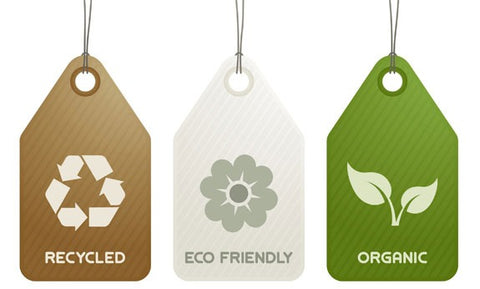
The buzzword that “Sustainability” has become, there is no doubt that the topic is here to stay for a long time. The UN has identified 17 Sustainability Goals as the key aspect of growth.
While there is no single definition to sustainability, Wikipedia defines it as “the ability of a system to exist constantly at a cost, in a universe that evolves towards thermodynamic equilibrium, the state with maximum entropy. In the 21st century, it refers generally to the capacity for the biosphere and human civilization to coexist.”
Going by this definition, sustainability is all about balancing social, economic and environmental factors in such a way that it meets the requirements of the present generation, without depleting the resource bank of the future ones.
Bonus Tip: Debunking Sustainability Myths
In short, sustainability relies on three aspects, namely, environment, society, and economy. These three form the pillars of sustainability. All sustainable movements are guided by these three pillars.
So to ensure that you are applying sustainability right, it is pivotal to understand each of these pillars closely. To further elucidate on the point, keep reading.
The First Pillar: Environment

Probably the most important and talked about, the environment is the first pillar of sustainability.
It refers to the conservation of natural resources and the reduction of human activities impacts on our ecosystems.
This pillar is concerned about protecting our natural habitats, conserving our already limited resources, developing eco-friendly products, ensuring quality water and air for everyone, and reducing waste and pollution.
Though a lot gets highlighted about the same, and people have started understanding the need to pay attention to the environment, change is slow and limited.
Also Read: Fashion & Its Impact on the Environment
To keep our environment intact, we need to make conscious and mindful choices. The more we understand about the implication of harming the environment, the better our chances of making this pillar stronger, better and bigger.
The Second Pillar: Society

The second pillar is identified as social equity or commonly referred to as society as a whole.
This pillar is often poorly defined. While most of us focus on the visible problems in the society, to make a sustainable society, it is essential to address the hidden aspects of it.
This pillar highlights the need to protect the health of all communities without making any discrimination and educate people so that they can participate in the process of sustainability. This pillar is all about empowering and inspiring people to take action for their health and the surrounding environment.
The healthier a society is the better will our world becomes. To ensure that this pillar stands strong, we all should learn more about sustainability and how we can apply it to our lives. Recycle more products, reduce waste and reuse old merchandise to ensure that a healthy society can be created.
Recommended Reading: Why should you recycle?
The Third Pillar: Economy

The third and final pillar of sustainability is referred to as the economic pillar.
This pillar relates to the cost incurred by humans for different activities. Economic feasibility is essential to make the concept of sustainability a long-term solution. Though this pillar cannot trump the need of the other two pillars, however, without a strong economy, the concept of sustainability will crumble.
It is about forming compliance, correct governance, and managing risk.
The inclusion of the economic pillar ensures the possibility of sustainable strategies to come to fruition.
The economic pillar provides a counterweight to carry out measures that we aim to adopt.
Getting tax credits for installing solar panels or getting grants for cleaning up the surroundings can be viable economic reforms that can promote sustainability. To abandon fossil fuels or refrain from using chemical fertilizers, such profits are required.
Also Read: How Sustainable is your product?
To sum it up

Without these three pillars, the concept of sustainability cannot thrive. When you consider these together, the result ensures a stable present and a bright future for the planet.
At NorthMist, we balance all of these three pillars to ensure that our contribution to the future of this planet is optimum. You too can be sustainable by making conscious choices. Choose well and play your role in protecting this planet.
Want to know about the latest sustainable trends. Visit our blogs and get everything you need to know.





